The clouds shifted course and once again we were graced with blue sky.
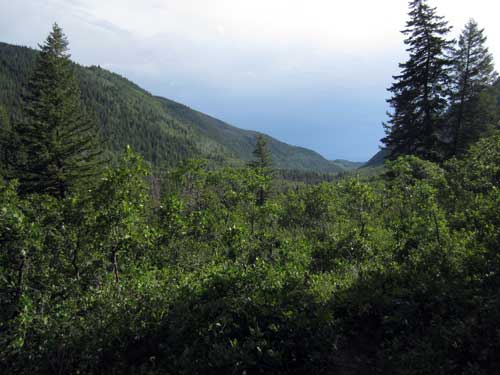
The peals of thunder fade into the distance.

Seed pods of a Salsify flower await a strong gust of wind to carry them to a new home.

The feather of a Northern Flicker, a medium-sized woodpecker
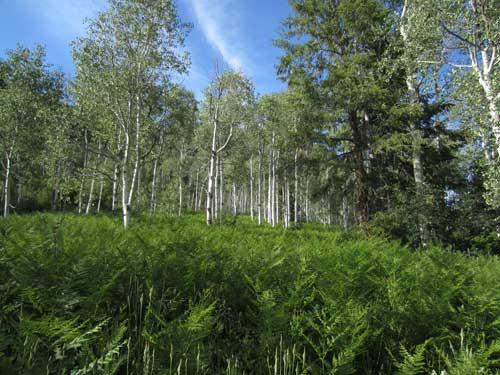
Lush, green, beautiful... what a wonderful place to be!
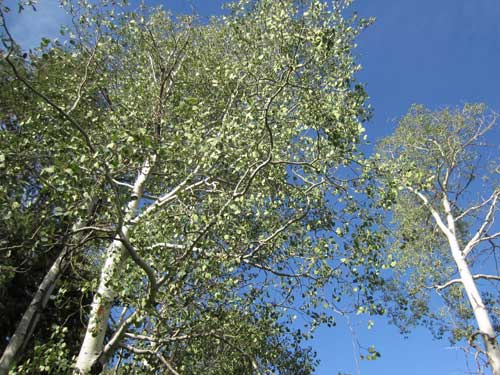
Aspens tower overhead.

There are many different types of Geranium and they fall under a wide variety of names (Storkbill, Filaree, Cranesbill, etc). I simply enjoyed the wide variety of colors (from saturated pink to vibrant white) the flowers provided.



Indian Paintbrush often comes in a huge range of colors, but we only saw red ones.
We reached a small stream which wasn't super deep or fast, but just enough so that we decided to change into sandals to cross it.

The water was unbelievably cold! I suppose that shouldn't be all that surprising seeing as it's probably mostly snowmelt!


Success!
On the other side of the stream was the trail junction. We found a lovely nice camp spot on the side of the meadow. We were now at 7,724 feet and had climbed 1,000 feet in elevation from the parking lot over the course of 5 miles. I set up the then tent while Jo went to filter water at the river down the hill behind us. We then took some time exploring our lovely meadow in the glowing late-afternoon light.


"Home"

Our lovely views

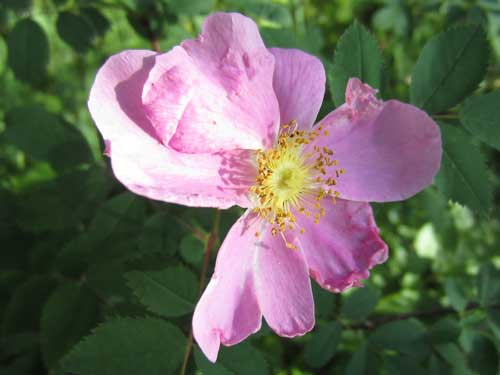
A Wild Rose

Twinberry (obvious where it gets its name) is a native species of honeysuckle.

Lupine is a member of the legume or pea family. There are about 280 species. Common or Silvery Lupine is abundant in Colorado. The name 'Lupin' comes from the Latin word meaning "wolf." It was believed these plants ravaged the land, eating all the nutrients out of the soil and making it poor. It is now understood that these plants can make their own nutrients in conjunction with bacteria found in nodules on their roots. Therefore lupines can grow in soils that are too poor for other plants as opposed to causing the soil to be poor.
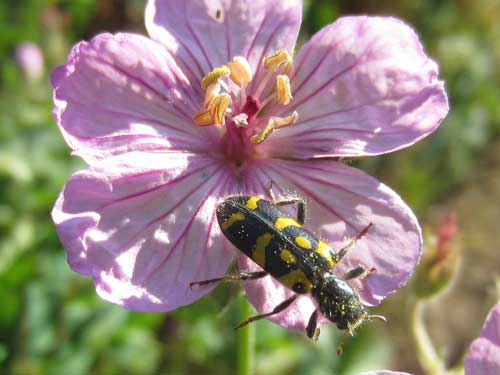
An Ornate Checkered Beetle pauses on a geranium. These beetles feed on pollen but aren't above also dismembering and eating a fellow insect.

There are over 300 species of Cinquefoil (Potentilla), a flower in the rose family. Its name comes from the old French 'cinc' (meaning five) and the Latin 'foille' (or leaf).
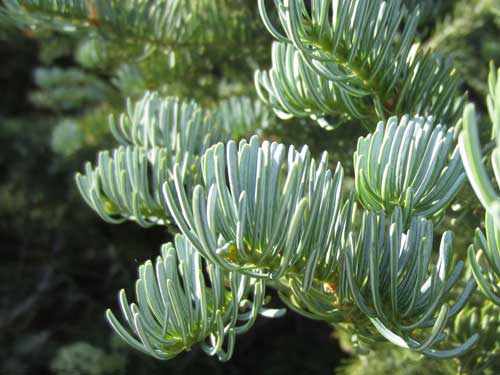
The distinct needles of a Subalpine Fir
We had dinner down by the banks of the stream we had crossed. Potato, quinoa and spinach soup... which unfortunately boiled over and made a big mess of the pot, but was still quite delicious! We washed everything in the field, away from the stream, as not to contaminate the water. The goal is to protect the wilderness as much as possible. That includes even packing out any used toilet paper (fortunately you are allowed to bury and leave the... uh... things that required use of the toilet paper in the first place).

By the time we finished eating, we realized we were running out of daylight quickly. We decided it was too late to try to find a place to hang our food bags so we risked it and kept them in the tent (buried deep in our packs within layers of thick bags and smelly socks).
We crawled into the tent and fell asleep to the sound of the nearby river. The temperature had dropped from a rather toasty 87.9 degrees F during the day to a much more comfortable 73.2 degrees.

